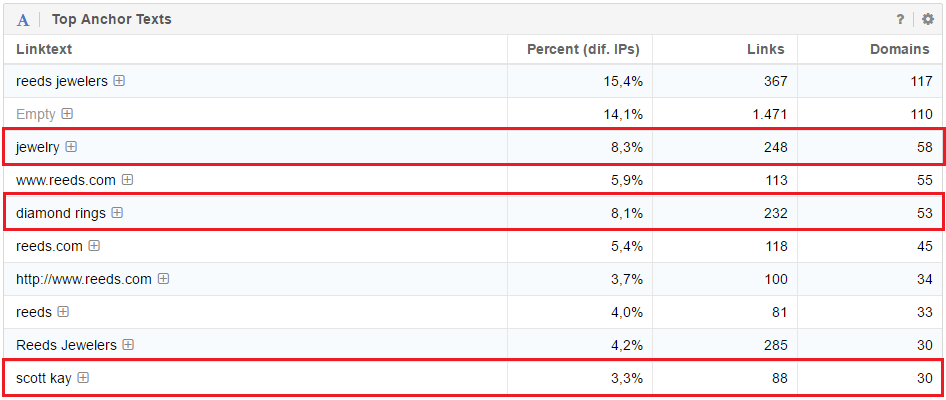When we talk about link-removal, we speak of the manual deletion, changing, or devaluing of backlinks already in existence. The goal of this is to reduce the number of low quality backlinks that point to your own website.
- When should you think about link-removal?
- What does an unnatural link-profile look like?
- What are the circumstances that can lead to a manual penalty?
- Does link-removal make sense?
- Diluting the link-profile through link building
- Conclusion
- Natural or unnatural link-profile?
- How can I find low quality backlinks on a website?
- Video explanation by Matt Cutts on the topic of low quality links
When should you think about link-removal?
Link-removal will usually becomes a topic for webmasters when their website gets hit by Google with a manual or algorithmic penalty because of an unnatural link-profile. Google will often require you to remove links as one of the measures you have to take care of before you can send in a Reconsideration Request to get the manual penalty reevaluated.
What does an unnatural link-profile look like?
An unnatural link-profile has, in proportion to the domain’s entire link-profile, a larger than average amount of hard anchor texts, when compared to a naturally grown link-profile.
Domains punished by the Penguin 2.0 Update (which is an algorithmic filter) will look somewhat like this:
What are the circumstances that can lead to a manual penalty?
The following seven circumstances can be reasons for a Google employee to manually sanction a website:
- User-generated spam
- Hidden text and/or keyword stuffing
- Pure spam
- Thin content with little or no added value [for the user]
- Unnatural Links to site
- Unnatural links from your site
- Unnatural Links to site – which impact the entire domain
Does link-removal make sense?
That always depends on the situation and you will have to decided on a case by case basis. You should realise that by removing links to your website, you are actively and lastingly weakening the link-profile of the website. That is because removing links will always results in a reduction of different link metrics. Most of the time, you will affect both the link- and the domain-popularity.
By removing low quality links, however, you may possibly get out of a Google Penalty. Even if you successfully manage to do so, however, it would be foolish to think that you will simply regain lost ranking positions without considerable effort on your part.
If you removed backlinks and managed to get out of the penalty, it is important to know that the website’s old Visibility will not return to its old level without you getting new links of the same value, first. This happens because the supposedly low quality links were still valuable until they were identified by Google, which then caused the penalty.
Diluting the link-profile through link building
Before you decide to go crazy with your link-removal you should first ask yourself if link building might not be the more expedient road, in the long run. Before you weaken your link-profile for a long time by removing links – which would end in you having to build up new links to regain your old strength later – think about actively building high quality links to dilute the link-profile of the website in such a way that an algorithmic penalty would not hit the site.
For this, of course, it depends on the ratio between the existing, low quality links that caused the algorithmic penalty and the newly build, high quality links. Even this measure will not guarantee your success.
Conclusion
If a website has been punished by a manual penalty and a Reconsideration Request cannot be avoided, you should think about removing low quality links. If the website has been hit by an algorithmic penalty, it may be worth looking into diluting the link-profile with high quality links. In both cases, you need to carefully analyse the backlink-profile of the affected website.
Natural or unnatural link-profile?
Do you want to quickly see if your own link-profile seems natural or unnatural without a detailed look at the quality of each backlink? This is something that can be done rather easily:
- SISTRIX Tutorial: Tips for detecting a natural link-profile
How can I find low quality backlinks on a website?
The link module of the SISTRIX Toolbox offers a lot of possibilities for you to find low quality links on a website:
- SISTRIX Tutorial: Finding Poor Links Through Filters
